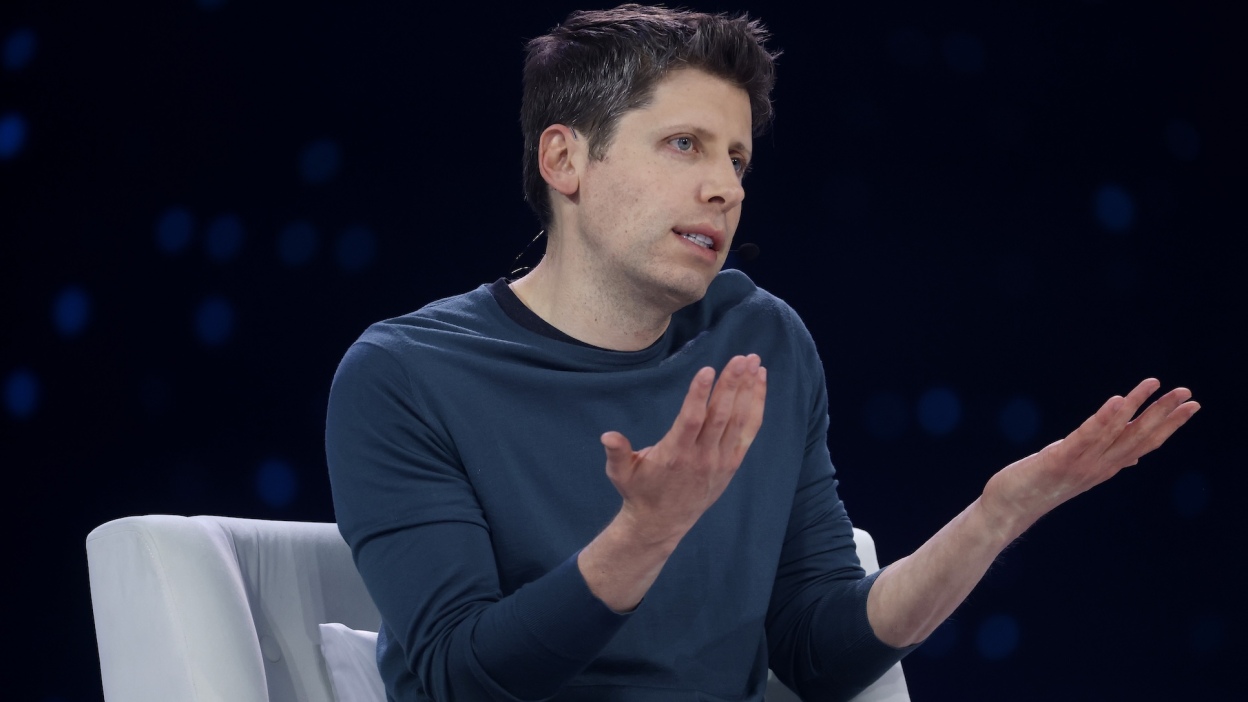Sam Altman’s Vision for AI Future and Environmental Disclosure
Sam Altman, CEO of OpenAI, has been blogging since 2013, long before his involvement in the AI business. His early posts covered various topics from B2B startup tools to UFOs. However, his latest 2025 blog post, ‘The Gentle Singularity,’ presents a vision of AI’s future that borders on the messianic. Altman writes, ‘We are past the event horizon; the takeoff has started,’ suggesting humanity is nearing the creation of digital superintelligence.

Critics argue that current AI advancements don’t support Altman’s claims. While AI models have become powerful in processing information, they are also prone to ‘hallucinations’ and lack significant reasoning improvements. A recent paper highlighted that AI models sometimes fail to recognize answers even when provided with them.
Altman’s predictions for the future are ambitious: ‘2026 will likely see the arrival of systems that can figure out novel insights. 2027 may see the arrival of robots that can do tasks in the real world.’ He even speculates about potential breakthroughs by 2035, including space colonization. However, his statements are often tempered with cautious language like ‘likely,’ ‘may,’ and ‘maybe.’
One striking statement from Altman is, ‘In some big sense, ChatGPT is already more powerful than any human who has ever lived.’ This claim lacks concrete evidence and has raised eyebrows among experts.
Environmental Impact Disclosure
Buried in Altman’s blog post was the first-ever statement from OpenAI about ChatGPT’s energy and water usage. He mentioned that ‘the average query uses about 0.34 watt-hours … and about 0.000085 gallons of water.’ However, experts point out that the more critical concern is the energy and water required to train these models, not just the average query.
This partial disclosure comes as battles over data center energy usage are intensifying. Open-source AI platform HuggingFace has started an AI Energy Leaderboard, which Meta, Microsoft, and Google have joined. The question remains whether OpenAI can afford not to be transparent about its environmental impact.
Altman’s blog post walks a fine line between visionary prediction and factual reporting. As AI continues to advance, the line between building a company and building a ‘religion’ around AI becomes increasingly blurred. The challenge for OpenAI and Altman will be to balance ambition with transparency and responsibility.


